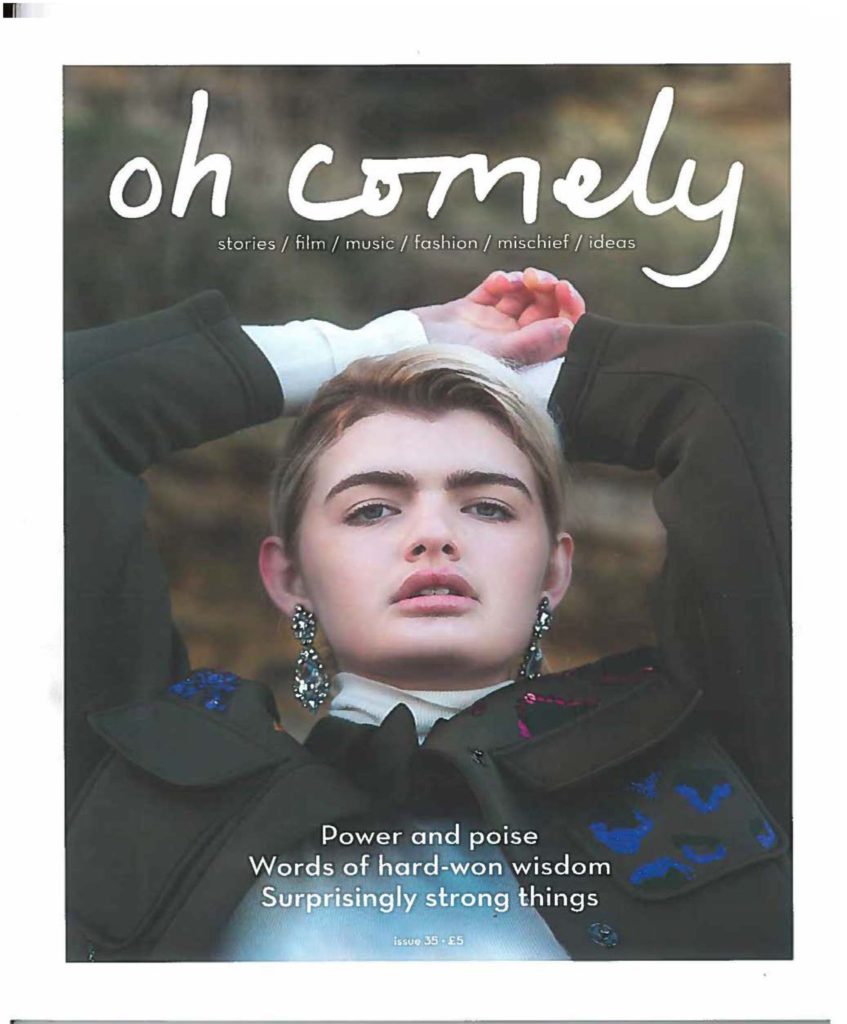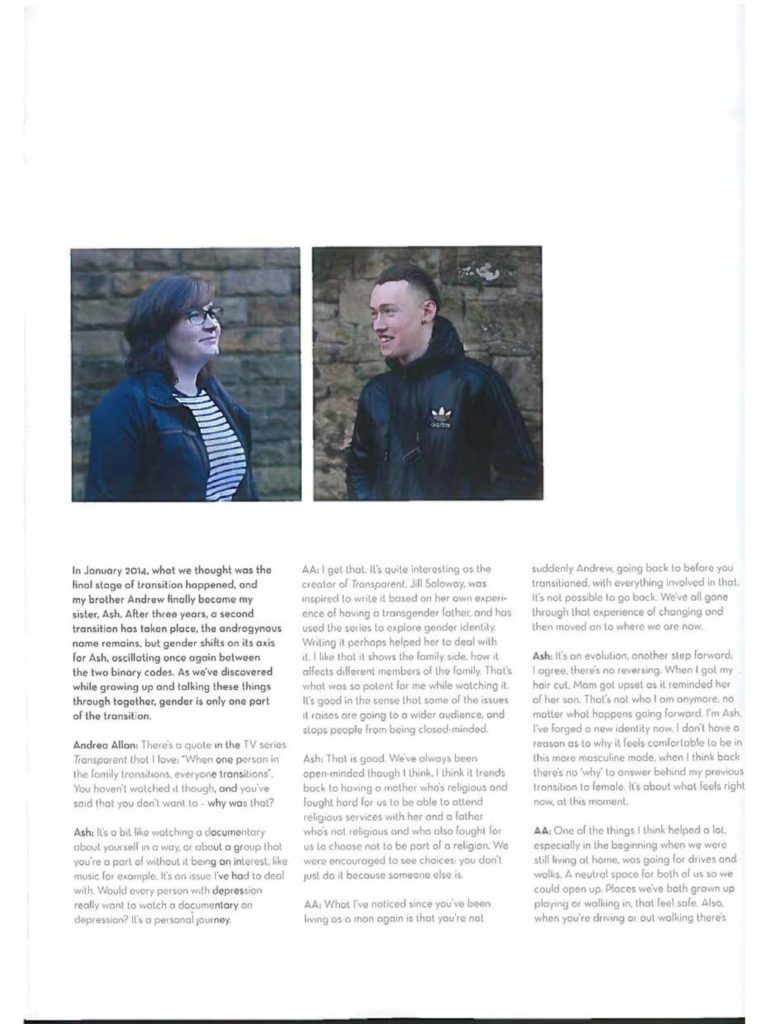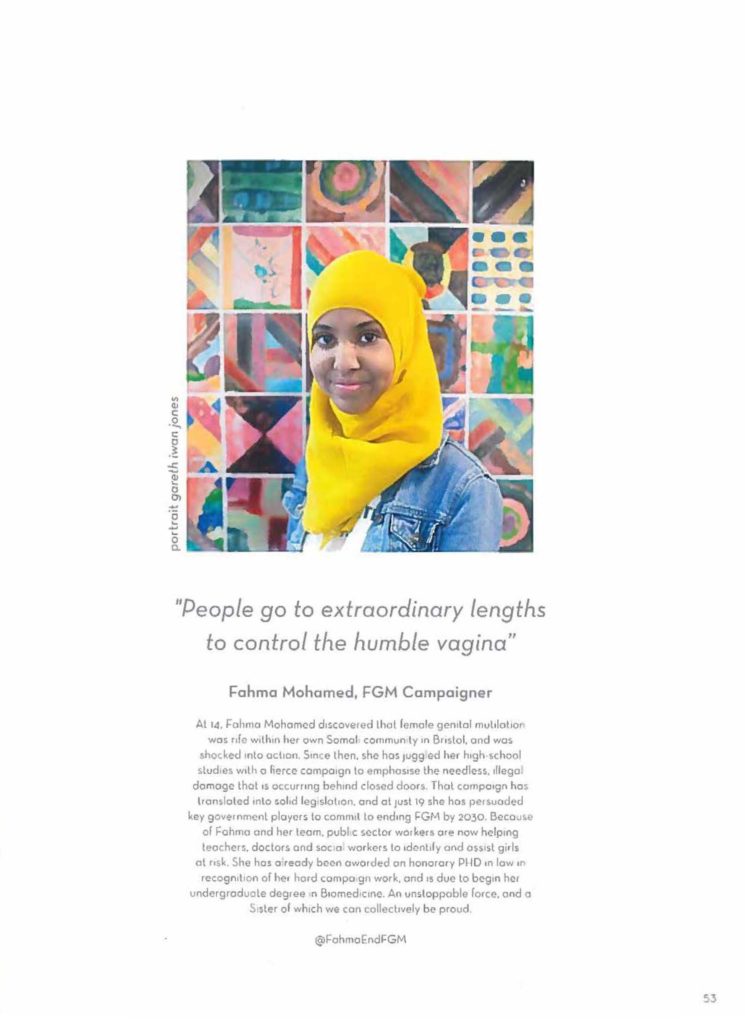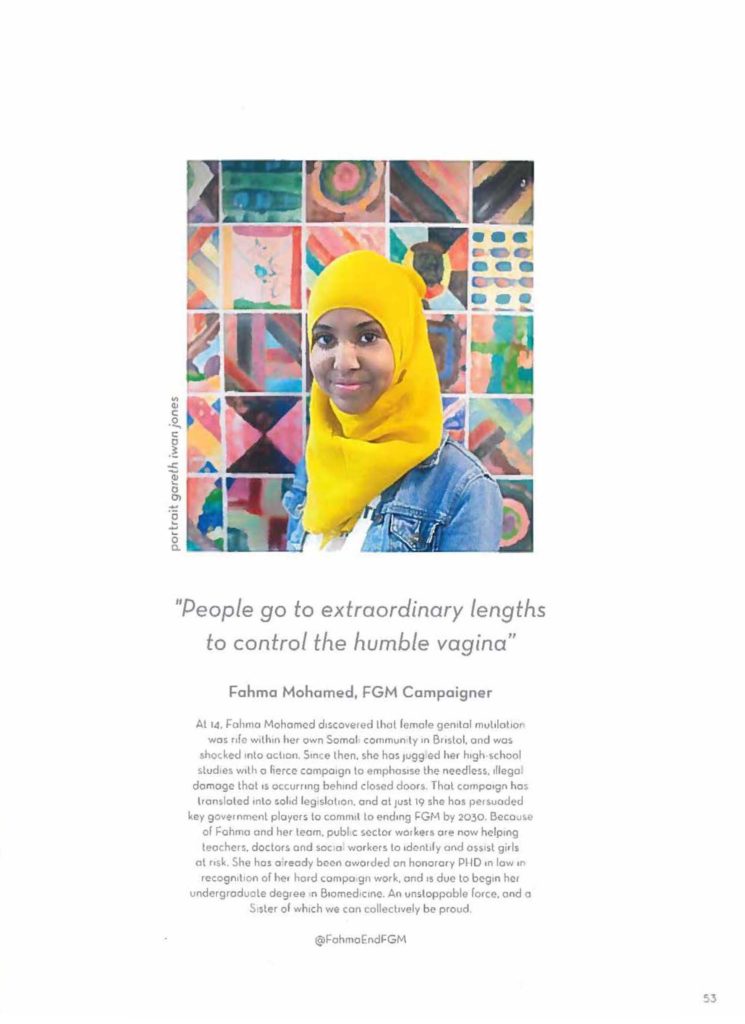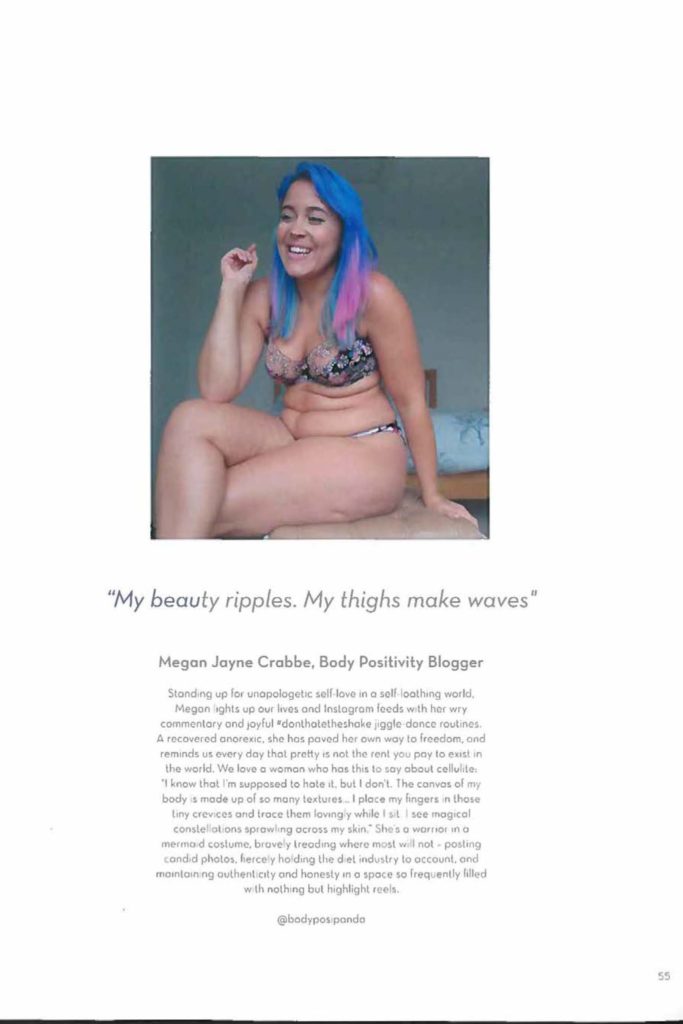Tomb Raider & Metroid
TOMB RAIDER:
Language:
- Lara Croft is the dominant signifier on the front cover
- Paradigm of signifiers relating to action, adventure and violence
- Iconic signs such as a gun, rope, gloves and a backpack create connotations of a more masculine woman which counteracts the stereotype of women and femininity. – the gun also implies the basic stock types of ‘Good guy vs Bad guy’
- Use of the colour gold could be a symbolic sign linking towards treasure and wealth whilst also implying theft
- The coding engraved into the stone on the back cover could be representing a different language – typically a non-English speaking country This also creates the sense of ‘the other’ without specifically othering a specific country
- The age rating is a denotation as it warns customers the game may be inappropriate for ages younger
Language links to Roland Barthes, C.S. Pierce and Ferdinand de Saussure
Representation:
The dominant signifier is a reactionary representation of women as the lack of clothing worn represents the over-sexualisation of women and women in all media platforms. Her features are also exaggerated and accentuated through the use of tightly fitted clothing which creates unrealistic standards and ideologies of women for both genders to look up to. This can increase anxieties around body image and be damaging for young girls growing up. This also teaches girls and women to base their worth off the validation they receive from their body appearance, as both genders will learn that is socially acceptable to objectify women and to compare women to others. Furthermore, this will create and even bigger gender divide as it creates a lack of understanding for other connections other than physical. Camera positioning also contributes to the way in which women are perceived, women within video games are often seen with their features in shot at all angles whilst men are not. The characteristics also vary as women are seen to ‘saunter’ with some sassy walk and men are seen to walk ‘normally’ which shows that even within a video game woman are ‘seductive’. (Feminist frequency videos) However, Tomb Raider also provides a contrasting representation of women as the dominant signifier is female rather than male. Which countertypes to the usual ‘damsel-in-distress’ stereotype of women in video games- or even sometimes they are the ‘trophy’.
Representation links to Laura Mulvey (Male Gaze) and John Berger (Ways of Seeing) + (Feminist critical thinking)
Genre:
Tomb raider’s genre consists of action and adventure. Steve Neale talks about the repetition and differences within genre and weather they follow the typical conventions. Whilst Tomb Raider does follow the typical genre conventions featuring themes of violence however it does challenge the stereotypical male lead by utilising a main character as female, which serves to maintain interest in an evolving genre. The game utilises a third-person perspective which allows the audience to look around the character without her moving.
Narrative:
Perhaps the most poignant action code is the fatal battle between Lara and Larson. In this quick time event, the player takes limited control of the character and follows the on-screen prompts to shoot Larson. Each button press seems more intimate than the last. It’s clear from the softer music and Lara’s facial expressions that she regrets having to kill the henchman.
While these hermeneutic and proairetic codes provide the internal chronology of the narrative, the representation of the hero and villain is the most obvious example of Barthes’ definition of a symbolic code. Of course, Natla is dressed in a black suit – the colour code connoting her evil intent – and Lara is in her blue top. This simple binary opposition is also established by their different hair colour and accents.
When the player takes control of the avatar we are already in the disequilibrium stage. The player must overcome obstacles, puzzle and fight beasts in order to repair the disequilibrium and create a new equilibrium linking to Todorov’s narratology theory.
Audience:
Albert Bandura’s investigations demonstrated a link between young people watching violence on television and then expressing deviant behaviour in real life. The psychologist called this process symbolic modelling “Tomb Raider: Anniversary” is an action-adventure game which rewards violence because the players use their weapons to overcome the obstacles and save the planet. That final conflict with Larson is quite direct and emotional because it is performed as a quick time event where you make a clear and conscious decision to kill the character.
We can also link this to George Gerbner and his cultivation theory and mean world index as Tomb Raider exposes players to a series of violence. Where children may be at risk of perceiving the world as more violent then reality.
Industry:
[The original “Tomb Raider” was the first game developed by Core Design. The independent company was acquired by Eidos Interactive 1996 who helped finance their projects. After further mergers and acquisitions, Eidos Interactive is now a British subsidiary of Square Enix – a Japanese entertainment conglomerate.
This level of consolidation is typical of the concentration of media ownership identified by David Hesmondhalgh who was eager to highlight how the cultural industries were dominated by a very small number of firms. Although this gives the conglomerates incredible power, some critics would also argue this business model enables the creation of increasingly complex and financially risky games. For example, Core Design needed substantial funding to complete “Tomb Raider” or the game would never have left the design board.
It is also worth noting Eidos and Sony worked together to make “Tomb Raider” exclusive to the new PlayStation console rather than developing the game for the Nintendo or Sega platforms. This marketing strategy, which Hesmondhalgh called artificial scarcity, certainly helped the PlayStation brand to dominate the industry.
The computer game industry is one of the largest sectors in the entertainment business. It might be bigger than Holywood, but there are still lots of financial and legal pressures. “Tomb Raider: Anniversary” is a good illustration of the three formatting techniques used by companies to improve their chances of success.
First, it uses the iconography of action-adventure which will appeal to audiences who are already familiar with the genre. Third-person shooters are also incredibly popular with players. Lara Croft has developed into a cultural icon with her own fanbase, so the game can rely on her star power. Finally, franchises are easier to promote because the intellectual property is firmly established and there will an audience eager for the next instalment.
Square Enix reported the game sold 1.3 million copies worldwide, falling short of the return from the previous Tomb Raider games. It’s a risky business.]
^ NOT MINE!
METROID:
Language:
- Title of the game suggests themes of space and/or science fiction – Pun for ‘meteoroid’
- The iconic sign of a gun, like Tomb Raider, also implies violence
- The dominant signifier is a girl (Samus Aran); however, this isn’t obvious as on the main cover she is disguised in an over-sized space suit.
- Indexical signifiers such as mathematics related coding, numbers and diagrams and shapes, create a myth that displays links to action, suspense and a quest.
- The symbolic sign of the white-like highlight that contours the dominant signifier, could symbolise innocence or power and goodness. – connotating to the fact that she is the ‘Good guy’
Language links to Roland Barthes, C.S. Pierce and Ferdinand de Saussure
Representation:
This character counteracts the stereotypical representation, demonstrating a radical presentation of women and video games. The character’s appearance is not revealed until the last part of the game which helps to enhance a sense of freedom from the player as they can imagine/perceive the character to fit themselves. It is also implied the relationship between fictional characters and our factual lives are to do with the influence of media from a young age. Alike Tomb Raider, the dominant signifier is female which is a radical representation of women as it shows women in a more masculine dominated area. It helps to break the stereotype of women being the weaker gender or at least less capable in comparison to men. However, at the end of the game, Samus Aran is revealed wearing a blue body suit, in which, her body is majorly exaggerated and enhanced. Presenting an idealistic and non-realistic body type. This refreshing presentation is snatched away and the game, like so many others, fall into the archaic ways of appealing to the Male Gaze as a sales strategy.
Representation links to Laura Mulvey (Male Gaze) and John Berger (Ways of Seeing) + (Feminist critical thinking)
Genre:
Metroid is a hybrid genre due to its feature of action and adventure, horror and sci-fi. Steve Neale says there’s an ‘interplay of codes’ which refers to all the features connoting to a genre which help to convey attitudes and beliefs on an ideological world. An example in Metroid is ‘If you weren’t afraid of the dark before, you will be.’ which was a tagline used in marketing the game. It is reassuring for the audience to be able to recognise these codes within the game, such as violence, fictional worlds, powers, and parallel universes are all genre conventions of sci-fi and action. However the differences within this game also helps to entice/engage audiences.
Narrative:
The main character, Samus Aran, serves as the stock character of the hero as she goes on a rescue mission to find her missing troops. Here we can see Todorov’s narratology theory containing the structure of equilibrium, disequilibrium, recognition, resolution and new equilibrium. The threat posed by the bad guys is the disequilibrium, she then flies across three planets to collect a light and return it to it’s rightful place which serves as the repair that will create peace and a new equilibrium. The game also shows Levi Strauss’ binary oppositions between the characters. As in order to have Samus Aran as the hero that foreshadows there must be a villan which interweaves with Propp’s stock characters.
Audience:
Scanning through the game, most people would assume the target audience is mainly male because of the stereotypical representations of male and female games and the symbolic link between colours such as blue and pink that are associated with gender. An advert that was used to market the game also only featured two young boys playing the game, this also connotes that the primary target audience is male. Nintendo also called their controller the ‘Game Boy’ which would also suggest a gender bias. However, an industry historical review reported that more females were becoming “video game fans” and that 27 per cent of NES players in 1988 were female. The video game is regulated by PEGI and rated a 12 due to the features of violence.
Although we are exploring a virtual world full of ridiculous signifiers, audiences are still learning values and behaviours from a game which celebrates violence. In the development of his cultivation theory, George Gerbner included cartoon depictions of violence in his research because they resonated with the audience. He says the more someone is exposed to something the more they start to recognise it and believe the world is a far more dangerous place then it really is which links to his second theory of mean world index. Aether is a fictional planet. There was no catastrophic meteor. But the violence in the game feels real to a player immersed in that experience especially as it is played through first person which still creates the same tension and adrenaline as someone living in that experience. Here we can see the links to hyperreality and simulation that connotes to Baudrillard’s theory. Albert Bandura also drew attention to television as a socialising agent. Through a process of symbolic modelling, we copy the behaviour we see on the screen, especially if there is positive reinforcement. “Metroid Prime 2: Echoes” rewards players for their skill, gaining power ups and bonus content to defeat the bosses.
Industry:
As a Nintendo game Metroid is the product of one of a handful of conglomerates which dominate
the video games industry, a context which means that the study of the industry raises issues
which are central to contemporary media studies:
• The structure of Nintendo as a company and its control of production, distribution and
circulation
• The use of digital platforms to expand the output and reach of the games demonstrates how
institutions have responded to the impact of new technology.
• Regulation of games through PEGI
• Cultural industries including Hesmondhalgh
Social and Cultural contexts:
Metroid is a Japanese, sci-fi, action adventure video game developed by Nintendo. It is one of
Nintendo’s most successful franchises with 11 games available across all of the company’s
platforms. Metroid is a culturally significant game in the gaming universe due to its mix of style
and tone which combines Super Mario Bros style platforming with darker content, but also due to
the representation of the central character, Samus Aran. Aran is a bounty hunter whose gender
identity has been the subject of controversy and debate, leading some commentators to identify the character as transgender reflecting contemporary social and cultural contexts.
Article: Why Diversity Matters – Links as to why media should include more diversity in their representations. These quotes are referring to the gaming industry.
- ‘ The industry traditionally projects an image that is young, white, straight and male’
- ‘Most games feature white protagonists’
- ‘A scene in Pakistan displays shop signs written in Arabic, even though Pakistani people speak English and Urdu, not Arabic’





